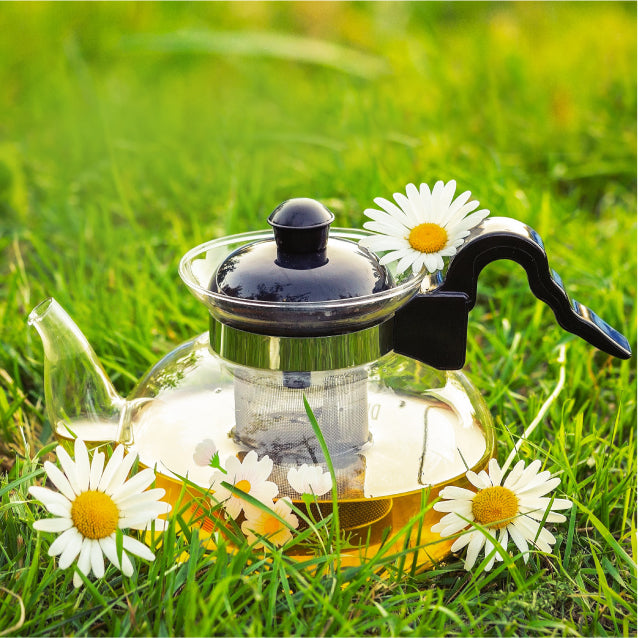Looks like there are no items in your cart.

Summer, spring, monsoon, autumn and winter. The harvesting of tea, the delicate act of plucking tea leaves from the plant, is done seasonally. Each season imbues the tea leaf with a unique flavour profile, aroma and caffeine content, owing to the nuances of temperature, humidity, sunlight, rain and frost.
At the time of production and packaging, the word ‘flush’ is used to classify tea leaves according to the time they appear and get harvested. Here are the different flushes, each distinctly tantalising in their own special way.

First flush refers to the first growth spurt of the year. After the cold winter, when the plants have had time to absorb nutrients, spring heralds the start of harvest. The season starts in mid-February and lasts until the end of April. The leaves are picked when they are tender and are abundant in antioxidants and caffeine.
First flush teas have a delicate flavour profile, fruity, fragrant aroma and pale colour. These also depend on the elevation, processing and storage. First flush is among the most expensive teas and usually commands a high price from buyers and connoisseurs.



After the First flush, there comes a brief period of slower growth. It is immediately followed by a Second flush, the second growth spurt, between May and June. Hotter days and cooler nights help the plants to develop their refreshing flavours.
Second flush has a darker colour and strong flavours, which is used to make black tea. For instance, our Darjeeling Muscatel second flush black tea carries a unique muscatel aroma that also leads to a sweet aftertaste.
There’s also our Darjeeling Vintage-Black .


The entire Indian subcontinent receives rainfall during the monsoon season. During this period, the rains reinvigorate the tea plant’s growth, resulting in ample bloom ready for plucking. Harvested between July and August, the tea leaves are considered to be more mature with robust flavours, creating intense and dark fusions. Monsoon flush from Assam, Darjeeling and Nilgiris often make exquisite CTCs for those who love to add milk to their tea.



Time and seasons don’t wait for anyone. So does tea. It continues to grow after the monsoons right into Autumn and is plucked in September and October. Autumn flush teas have a woody, musky flavour with a slightly refined note. The Nilgiris offer a fine selection of Autumn flush teas where the season is conducive to the tea’s growth. Milder than summer teas, these produce bright liquor with a brisk flavour.



Tea plants that grow in the Nilgiris experience a growth spurt in the months of December and January. Flourishing at high altitudes, the lower temperature and intermittent rain allow flavours and notes to gradually develop. Harvested on some of the coldest days, the winter flush retains the spicy aroma and floral tastes but are rare and lighter when compared to the other flushes.

Each flush is steeped in peculiarities that make it more exquisite.
Each comes with its unique flavour profile, notes, aroma and aftertaste.
And that is why tea makes for a delightful beverage anytime.
Afterall, it is an all-season delicacy.
Which seasonal flush do you enjoy the most? We’d love to know.
Write to us at assist@infiniteaoriginals.com
